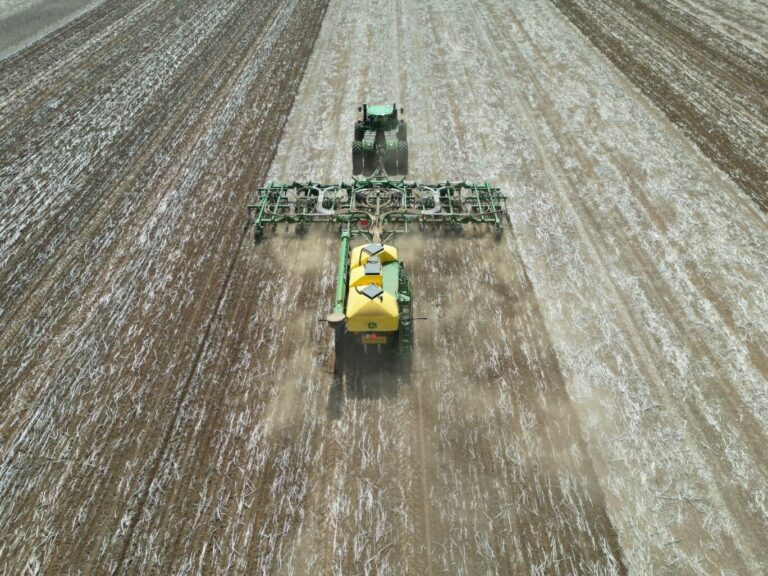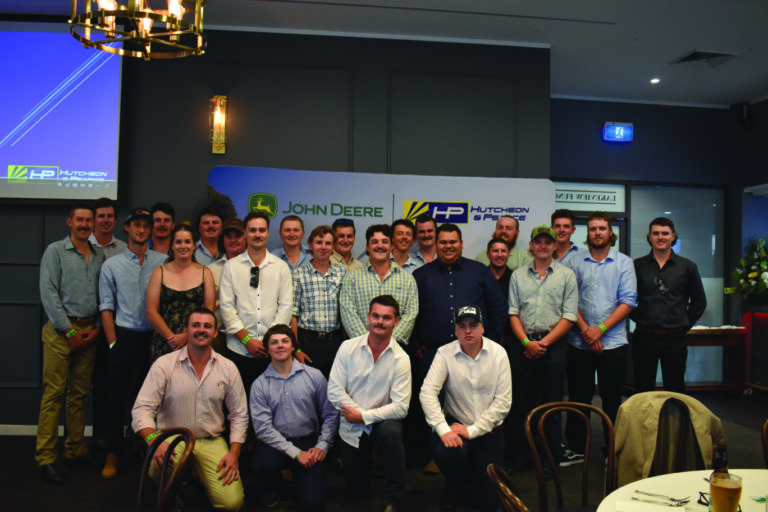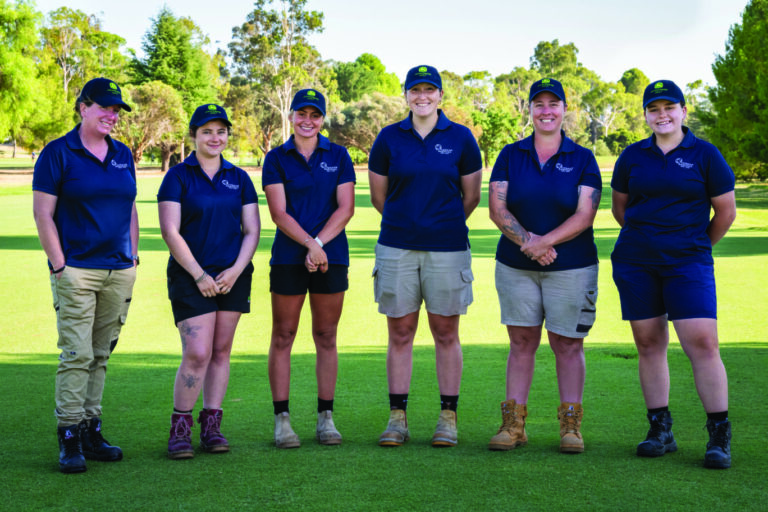Subscribe To Our Weekly Newsletter
Categories
Drought… fires… floods… and now a mouse plague. After a bumper harvest, farming communities in the north and west of the state battle millions of mice that are wreaking havoc on newly sown crops. We caught up with Forbes-based agronomist Tom Macleay to get the low-down on this not so tiny menace.
Like many Forbes locals, AgriWest agronomist Tom Macleay has seen more than his fair share of mice lately.
Forbes is one of scores of farming communities across NSW and Queensland waging war on these rodent pests that have been thriving on the plentiful feed available.
“At harvest, we started to see a fair bit of lodging in crops and that’s when we saw the mice start in because a lot of crops had fallen over and headers weren’t quite up to picking up all the grain off the ground. You see, these were big crops last year. We’re talking seven or eight tonne in yield in some places with an average of four to six tonnes. The average would usually be two tonne in this district – something farming families around here haven’t seen in living memory. So, a lot of grain was getting lost out the back of headers and left behind due to the sheer volume going through the machines.
“One hole can house hundreds of mice and they are reproductive at six weeks. So, when you get a good harvest, a wet summer, big stubble loads on the ground, and plenty of tucker – it’s the perfect storm for mice. We haven’t seen the mice in these sorts of numbers since 2011, which was a similar season.

“It’s definitely affecting the farmers around here and I’ve heard stories from up around Moree, Narrabri and areas up towards Dalby in Queensland Downs country that they’re experiencing the same types of issues. The mice have been hooking into their ripening summer crops like sorghum, maize and cotton and are having a big impact financially.”
For those farmers sowing winter crops, Tom has been telling farmers to use zinc phosphide baits like MOUSEOFF to tackle the infestation.
“Without using baits in front or behind your sowing rig, you can’t protect that crop from being eaten off as it comes out of the ground. We’re also seeing mice fossicking for grain – grain being dug up out of the furrows is a first for me!
“Because the crop is taking so long to get up and out of the ground, we’re seeing farmers who are now going to have to spread baits again in areas that they’ve had slow germination rates and that extra demand is sharply driving the price up.
“At the start of the season, it was about $7 a hectare to cover your country, and now that’s up to around $10 to $13, depending on which form you buy it in. So, some blokes are now spending $20 a hectare on mice control but the return on that investment is the survivability of the plant. In non-baited crops, 5% damage per night can occur so baiting is essential pre-germination and again post-germination if damage continues. There were people in the Forbes district in 2011 who didn’t get mice bait and they had a 80 to 90% crop damage and farmers are doing their best to avoid now.”
While some farmers in the district thought the early March rain may have drowned many mice, Tom said there were enough dry spots throughout paddocks that the mice moved stubble to stubble to find higher ground. At present, most mice are housed in native grass corridors and tree lines and move into the crops at night. Since then, quite a few farmers have taken to burning stubble as a means of pest control.
“The idea is to burn all their food to get on top of the problem. Due to the sheer numbers and the drawn-out early autumn, that could have been a bit of a backwards step in that it dries out the top of the soil moisture profile, when you really want to have that wetter profile to improve success at sowing. But, as with everything in agriculture, it’s a compromise – soil moisture versus trying to prevent pests.
“I think it’s probably starting to wind back a bit due to there being less feed around but the only thing that’s going to really rattle them is the frosty weather. We’re just going to have to freeze them to death. If large deaths don’t occur and mice are still present in current numbers at grain fill time (October – November), serious yield damage will occur.”
Until then, AgriWest and other agricultural merchandise suppliers have waiting lists for baits and traps from farmers and townsfolk alike, with a two-month backorder list for more bait at this point. Despite the difficulties of the mouse plague, Tom said farmers remain positive after last year’s harvest.
“We had 15-20mm in May and if we get that rain in June and July, it’ll be game on. All long-term indications say it could be a wet finish to winter, which would be sensational. Another solid season definitely won’t go astray!”
Editor’s note: The NSW Government has announced support packages for farmers and rebates for households and small businesses. Bromadiolone, the chemical selected by the government in this support package, is not currently approved by the Australian, Pesticides and Veterinary Medicines Authority (APVMA) due to negative environmental effects on non-targeted species, e.g. birds, snakes etc. For more information on the government’s support packages, visit: www.nsw.gov.au/initiative/mouse-control-support-program
Articles And Resources From The Hutcheon & Pearce Newsroom

John Deere Seeding: Smarter Together
Experience precision, productivity and peace of mind with a complete

Celebrating Success: H&P Apprenticeship Graduation
Hutcheon & Pearce celebrate their newest graduates of the High

Cobram Women in Turf Program a Success
An action-packed week at the Cobram Barooga Golf Club saw


